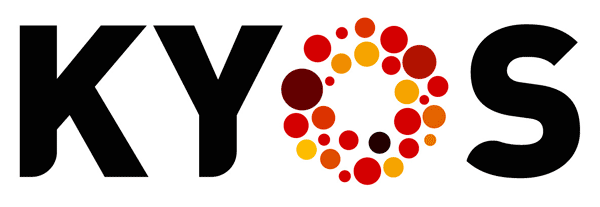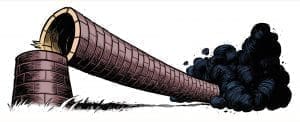Closing of Coal-fired plants expensive and counterproductive
Emission rights and the impact on global warming
According to the climate conscious backbone of Dutch political parties VVD, GroenLinks, D66 and CDA – parties that as we speak are conferring about forming a coalition-government – coal-fired electricity plants have to close as soon as possible. According to Cyriel de Jong, this is harmful populism. Is closing down coal-fired plants really the answer? Or are there other possibilities?
Is closing down coal-fired plants the answer to stop global warming?
Greenpeace and other environmental organizations have been pleading for years to close coal-fired power stations. Political parties with green aspirations, like Groenlinks, PvdA and D66, included this in their election program; now it is being made subject of the formation of the cabinet. The proponents of coal plant closure are fully convinced that this will delaye global warming. And certainly this is something the voters understand easily: coal is dirty and we need to get rid of it. Unfortunately, by closing down coal-fired electricity plants, there will not be any reduction of CO2 emissions. To the contrary, it is an expensive measure and counterproductive in looking for real solutions to the problem.
Europe’s main goal should be: reduction of CO2 emissions. Other goals, such as an increased share of renewable energy sources, should get much lower priority..
Reduction of emission rights
The government pulls wool over the eyes of the general public with these so-called green initiatives. The alternative is simple: reduce the number of emission rights. The most effective way to achieve this is a European agreement to lower the cap at an accelerated pace. Strange but true: by closing coal-fired plants we only ease our conscience. It is a symbolic gesture that may eventually harm the climate. By reducing the number of emission rights we truly support the climate claims Cyriel de Jong.
Continue to read this article in Dutch or English.
This article appeared in NRC and on nrc.nl on 26 April 2017.

 Europe’s main goal should be: reduction of CO2 emissions. Other goals, such as an increased share of renewable energy sources, should get much lower priority..
Europe’s main goal should be: reduction of CO2 emissions. Other goals, such as an increased share of renewable energy sources, should get much lower priority..